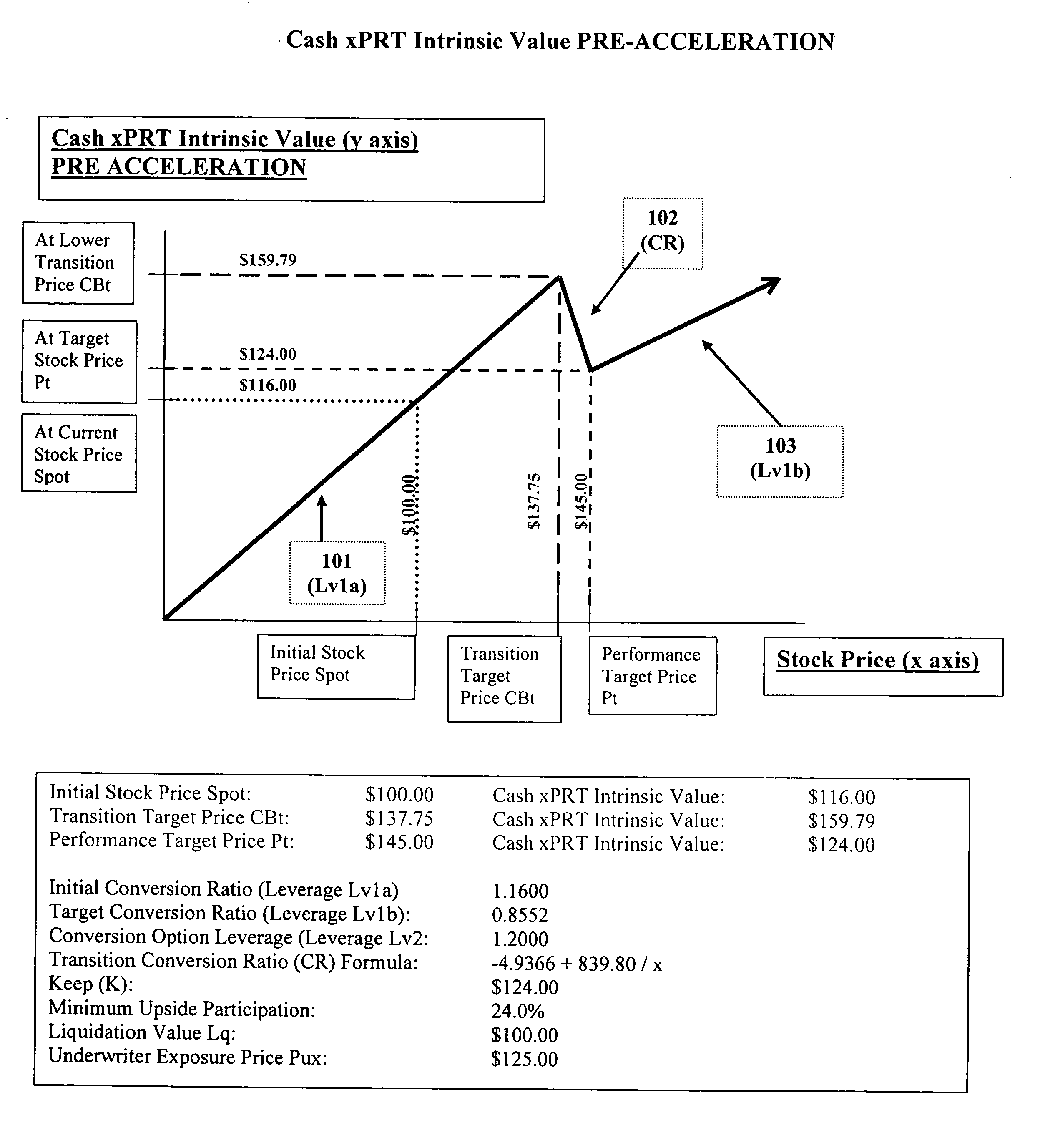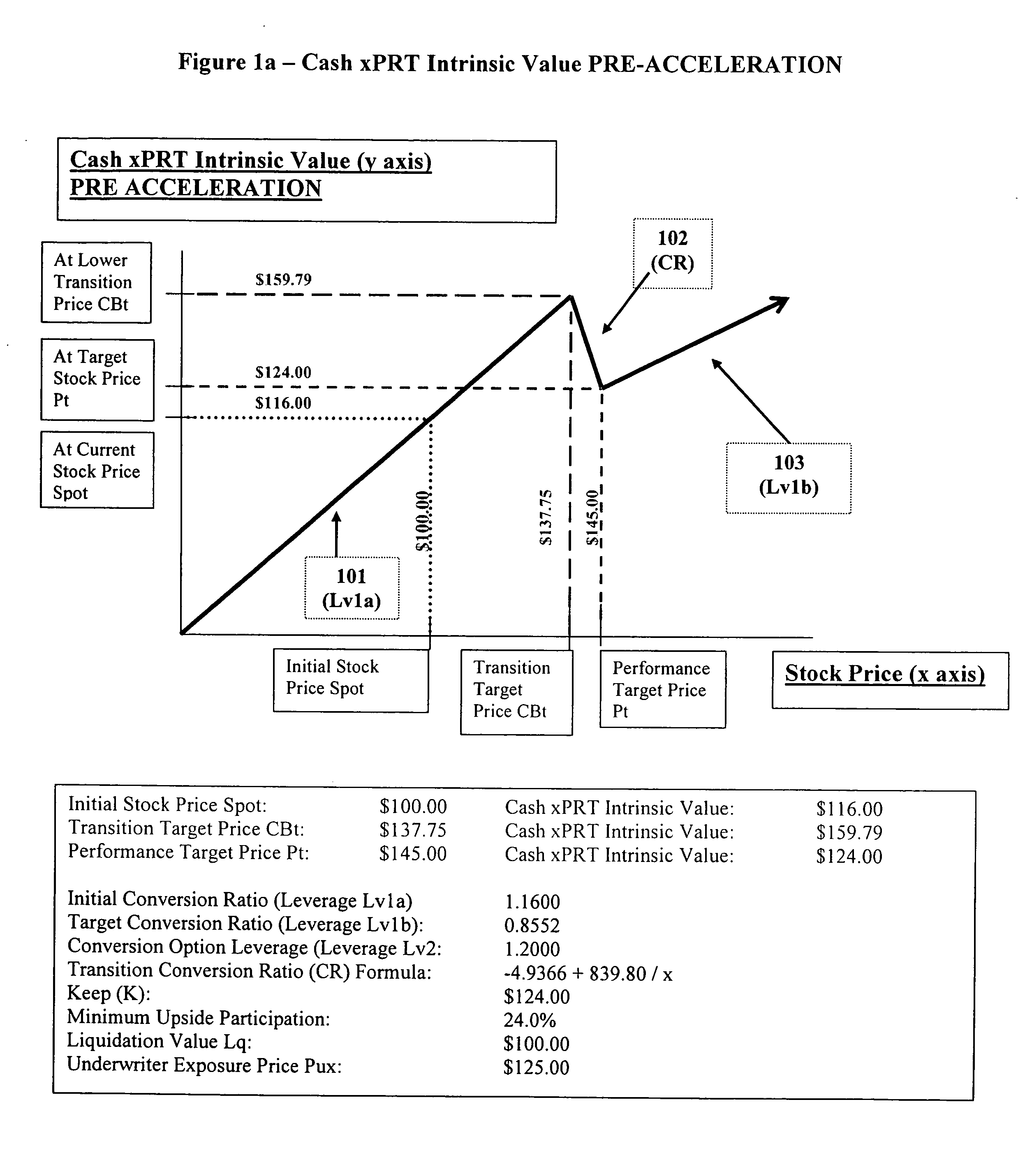If a company needs to finance at an inopportune time, it may find that it can issue new securities, particularly equity securities, only on unattractive terms, if at all.
For instance, if a need for financing is precipitated by a fundamental shortfall (i.e. a temporary shortfall in orders, sales or profits during a time when new investments are required to fund future growth), that fundamental shortfall may also seriously depress a company's stock price.
The financial difficulties posed by a fundamental shortfall and the consequent shutdown of access to equity capital may be compounded by the creation of structural imbalances if alternative capital sources are tapped.
However, in the same way that certain investments are inappropriate for certain investors, certain classes of security are inappropriate for certain issuers.
In the case of a cyclical growth company that has suffered a shortfall in fundamentals, the use of debt, particularly if terms are relatively expensive (as may be the case during a period of shortfall), may itself precipitate additional stock price pressure due to the
perception of increased financial risk (“structural” risk) posed by the new cash obligations.
So, while debt may solve short term cash needs, it may exacerbate long term problems by further increasing a company's cost of capital.
Over time, a higher cost of capital may drain the company's resources and / or preclude it from seeking additional necessary funding from the capital markets at a reasonable price.
The difference in enterprise value of levered growth companies versus unlevered growth companies may be explained by the increased financial risk caused by debt.
The higher level of fixed expenses created by debt combined with the underlying variability of operating earnings increases the risk of default for levered companies.
Consequences of default may include an adverse
impact on business (customers may flee a defaulting company), a significant degradation in future prospects due to structural limitations (debt covenants and / or associated risks may impose barriers to the
receipt of new capital or even result in the outflow of capital), or even a massive change in ownership (reorganization).
So, although limited leverage may generate tax advantages particularly for companies with stable cash flow and so increase enterprise value, excess leverage depresses enterprise value due to the
increased risk assumed concomitant with increased debt, and the reduction in enterprise value to debt leverage can be particularly marked for cyclical growth companies with less predictable cash requirements.
In some highly cyclical industries, any debt may be excessive.
As a result of the perceived negative
impact of debt on enterprise value, particularly in cyclical growth industries, companies in these industries often resort to the sale of various hybrids (such as convertibles) or, in more difficult equity markets, may offer warrants.
Hybrids, however, can be an imperfect solution.
While the cost of capital from the issuance of convertibles (as measured by the interest rate and conversion premium) may seem superficially low, the
actual cost is often extremely high when the cost of the
impact on outstanding securities is included (issuance of convertibles is often accompanied by pressure on a company's equity securities).
Similarly, the issuance of warrants may result in substantial
dilution of reported earnings and / or a substantial overhang of securities for which no cash has been received.
While enterprise value may be unaffected by the warrants, there is a transfer of wealth from existing equity holders to new investors which may be extremely costly.
In brief, the issuance of
hybrid securities and / or warrants in order to fund growth during a period of fundamental shortfall may, like the issuance of debt, inappropriately result in additional pressure on a company's enterprise value and / or costly
dilution.
While a company's enterprise value may be forced lower due to a combination of fundamental and financial issues, the decline by definition will be short term if the company is truly undervalued.
If so, management should far prefer to repurchase its outstanding securities (which are underpriced) rather than issue new securities which may cause additional structural pressure (if debt is issued) or result in costly
dilution (if equity is issued).
Consequently, unless a company has adequate excess cash on hand, the repurchase of its securities in substantial volume will require additional financing.
But to fund the outlay of additional cash for a buyback through assumption of debt may be counterproductive: Even if the stock initially was undervalued, the debt leverage may cause the stock to fall further.
Consequently, for a company that issues Ramtron type Performance Rights, as the issuer's future stock price increases, the cost of its equity capital secured through past issuance of Performance Rights falls.
When, in rare instances, these primary securities exist, available strike prices and maturities are extremely limited, and features on these rare, available primary options (or warrants) typically are restricted to the most rudimentary and standard terms (a strike price and maturity).
It would be impossible to find the necessary ratio of available options to create a Synthetic Cash xPRT based on trading available options or warrants from original issuers.
However, despite the large number of publicly listed maturities and strike prices for broker-backed options, the available maturities, strike prices, and ratio volumes of these securities would address only a small fraction of potentially desirable combinations.
Consequently, in practice, the opportunity to assemble Synthetic Cash xPRTs from primary securities plus listed, broker-backed securities is, at best, severely limited.
In short, listed securities do not provide a viable
pool for development of any significant activity in Synthetic Cash xPRTs, and no recognizable activity exists in listed markets for the aggregation, marketing, and trading of bundles of securities equivalent to Synthetic Cash xPRTs.
However, various impediments have prevented the development of an unlisted Synthetic Cash xPRTs market: 1) Fragmented market.
Absent standardized, high volume offerings, any individual effort is likely to be frustrated (an aggregated bundle of securities most likely will require disaggregating for resale to a
third party).
2) Lack of competitive quotes.
Competitive bid / ask quotes on the
multiple component parts needed to assemble Synthetic Cash xPRTs are generally unavailable on a real time basis if at all; multiple spreads may be required if Cash xPRTs are assembled through several sources, and, in the aggregate, multiple spreads will tend to be an excessive cost.
Counterparty integrity limits synthetic market participation either due to the investment mandates of investor pools (such as the investment charters of mutual funds), the relative sophistication required for participation in the synthetics market, and / or the real risks entailed by derivatives market transactions particularly in unlisted securities.
Simply put, an investor in broker-backed synthetics faces the added risk of
counterparty default.
Supply of the component parts necessary to assemble Synthetic Cash xPRTs is limited or nonexistent.
The issuers (first, the OCC and its affiliated brokers as a proxy for the investors they represent, and, second, private market bankers) may supply the component parts for Synthetic Cash xPRTs, but, in practice, they are rarely if ever issued because of the exotic nature of the components (“contingent knock” calls, “ratchets”, “liquidation rights”.
), uncertain costs (multiple spreads on securities without competitively listed, real time bid / ask quotes), fragmented markets (lack of standardized product), and questions on
counterparty integrity.
Some features, particularly an Underwriter Guarantee, may be impossible to duplicate in the synthetics market.
Even if the factors that have forestalled development of Synthetic Cash xPRTs in the unlisted market did not exist, unlisted originations and trading would still be limited to “broker backed” Synthetic Cash xPRTs.
It is likely that the absence of listed or unlisted Synthetic Cash xPRT
market activity has made it impractical for corporations to consider original issuances of Cash xPRTs for the purposes of securing capital or to execute Cashless Buybacks.
A principal impediment to the development of a Cash xPRTs market may be that the value advancement provided by the combination of the component parts that constitute a Cash xPRT is shared between investors, issuers, traders and underwriters.
No single party sufficiently appreciates the total value advancement to take the initiative to manufacture, assemble and market the components as integral units in large volume with standard features.
 Login to View More
Login to View More  Login to View More
Login to View More 


